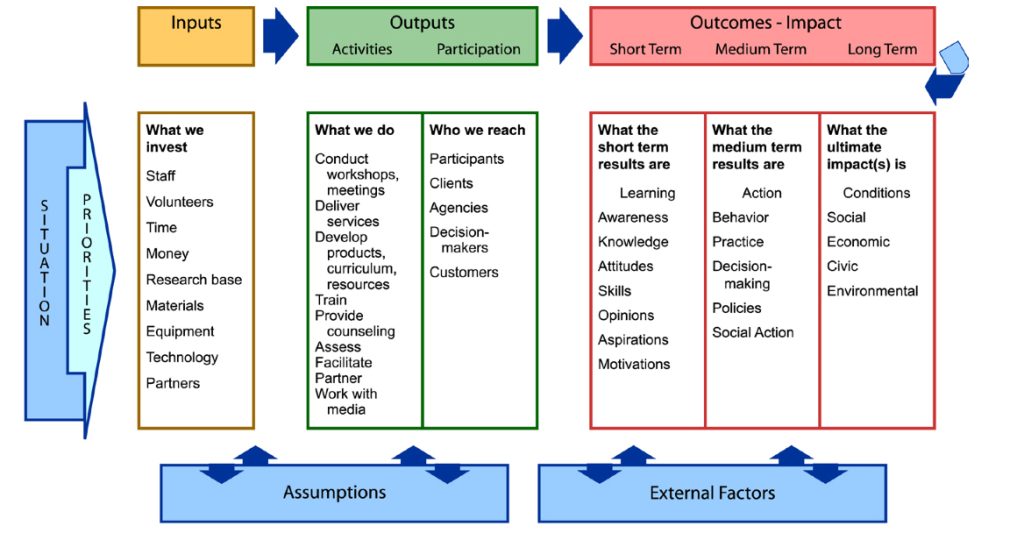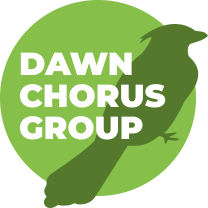In today’s fast-paced world, where data-informed decisions are paramount, understanding and creating logic models can be a game-changer. A logic model, in its simplest form, is a roadmap or a blueprint that visually represents the relationship between the resources you have, the activities you plan, and the changes or results you hope to achieve. It’s a tool widely used in program evaluation, project management, and strategic planning.
Why Build a Logic Model?
A logic model serves multiple purposes. It helps in clarifying the purpose of your program or project, ensuring that everyone involved has a shared understanding. It’s also crucial for effective planning, as it allows you to align your resources and activities with your desired outcomes. Most importantly, it acts as a framework for evaluation, helping you measure the success of your program or project.
Step-by-Step Guide to Building a Logic Model
- Define Your Goals and Objectives: Begin by asking, “What are we trying to achieve?” Clearly defined goals set the direction for your logic model.
- Identify Resources and Inputs: What do you have available to achieve your goals? These can be financial, human, organizational, or community resources.
- Outline the Activities: What will you do with your resources? These are the actions or steps you will take to reach your goals.
- Determine Outputs: Outputs are the direct results of your activities. They are usually quantifiable, like the number of workshops conducted or people reached.
- Specify Outcomes: Outcomes are the changes or benefits that result from your activities. They can be short-term, medium-term, or long-term.
- Develop Indicators: These are specific, measurable signs that show whether you’re achieving your outcomes.
- Create the Logic Model Diagram: Bring all these elements together in a visual diagram. This can be as simple or as detailed as you need.

Implications for Evaluation Practice
Using a logic model in evaluation practice ensures that the evaluation focuses on the most critical aspects of the program or project. It helps in identifying what to evaluate, when to evaluate, and how to measure success. By linking outcomes to specific activities and resources, it makes it easier to understand what works, what doesn’t, and why.
Using Results for Continuous Improvement
The real power of a logic model lies in its use as a continuous improvement tool. By regularly reviewing and updating your logic model, you can adapt to changes, refine your strategies, and ensure that your activities are always aligned with your desired outcomes.
Conclusion
Whether you’re managing a nonprofit program, a government project, or a business initiative, a logic model is an invaluable tool. It not only helps in planning and evaluation but also communicates the value and impact of your work to stakeholders. Start building your logic model today and see the difference it makes in bringing clarity, focus, and success to your endeavors.

